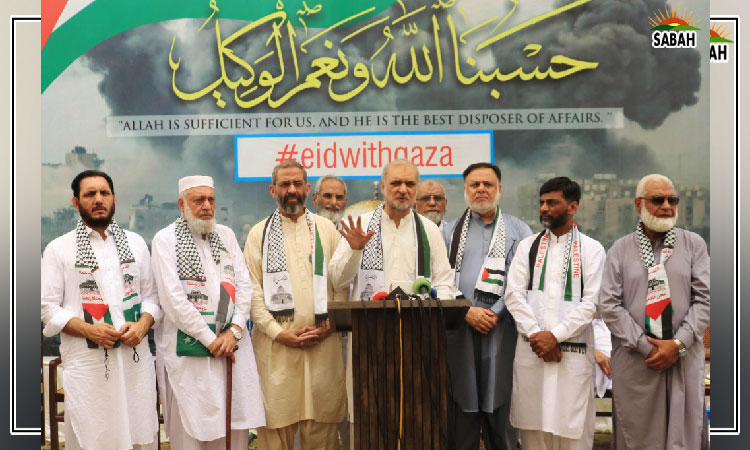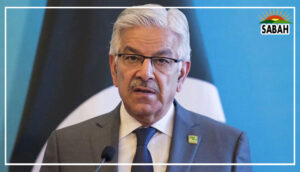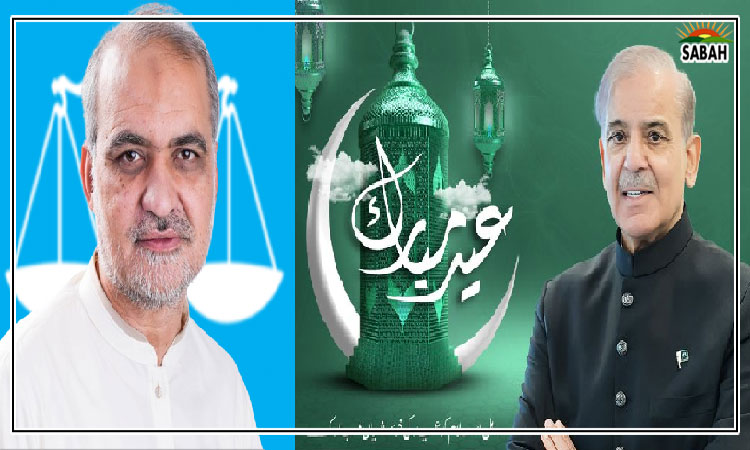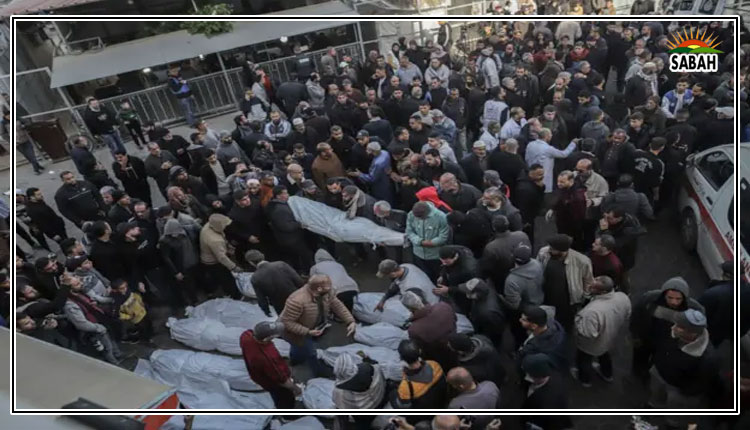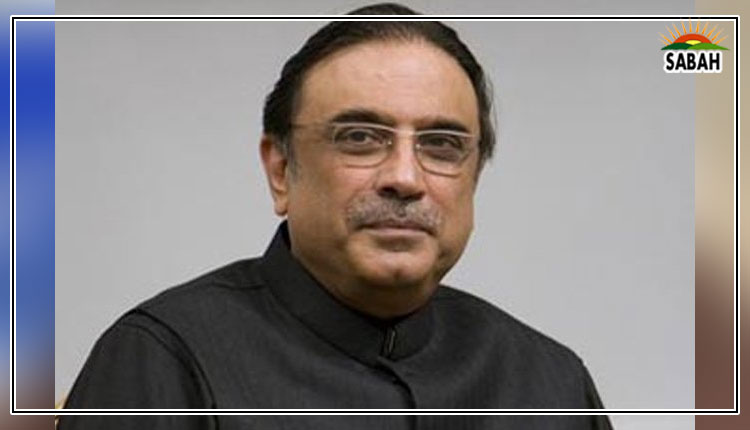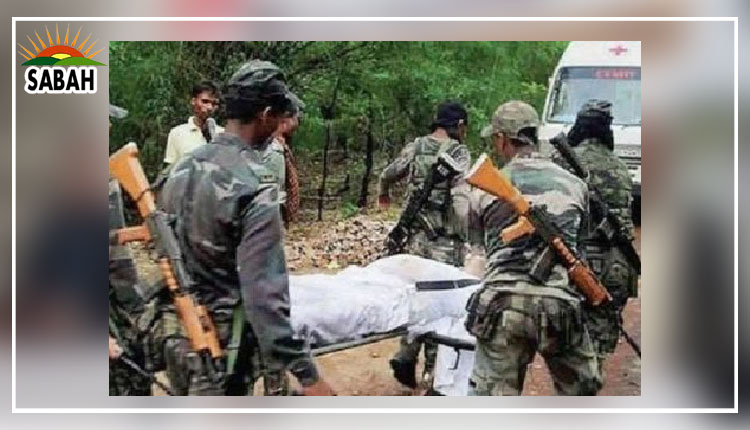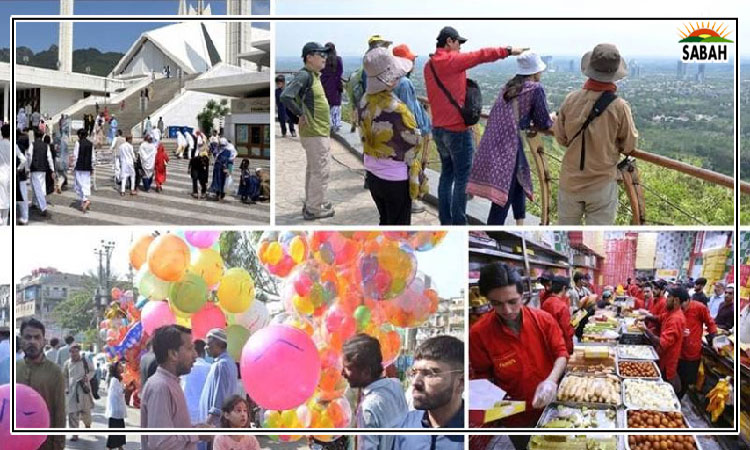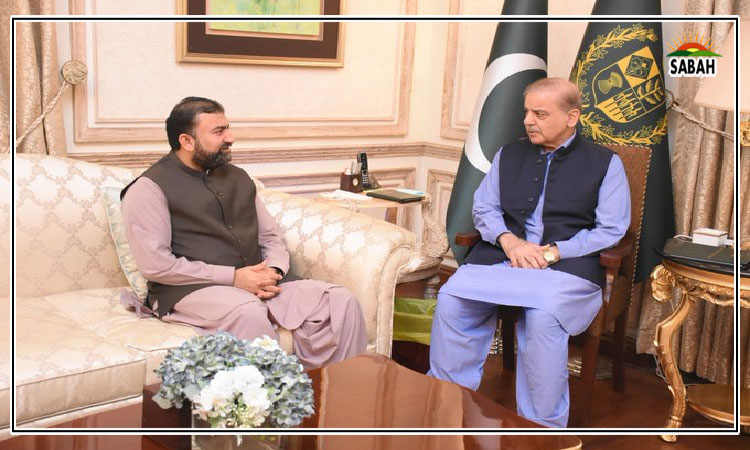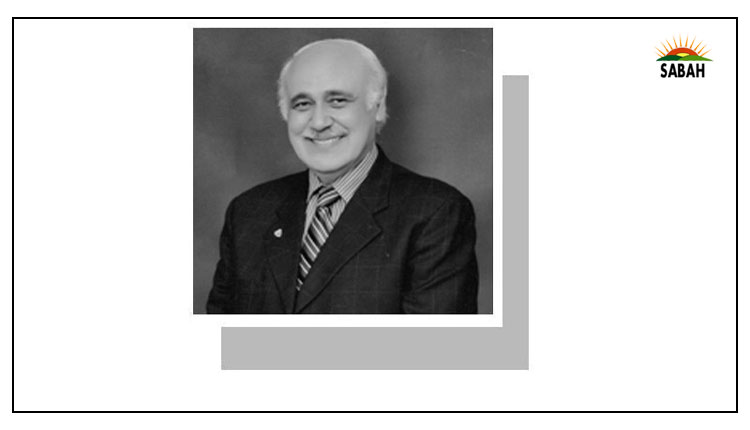Sindh revisited…F.S. Aijazuddin
KARACHI lost its primacy in August 1967, when the capital of our country was shifted from there to Islamabad our own Brasilia.
Ever since its earliest identification in 1646 as C. Croches, in a map prepared by the seafarer Sir Robert Dudley, Karachi has expanded from being a source of freshwater and victualing to becoming an entrept of commerce and culture; of diverse communities and religions.
In December 1892, the American painter Edwin Lord Weeks visited Karachi and foresaw it as a keen commercial rival of Bombay. He noticed that everything in the way of architecture is as yet new and raw; the gardens, filled with dense tropical growth, appear to have been recently planted, for the cocoanut and other palms are stunted, and many trees lean away from the sea, as if tired of struggling against the winds.
He remarked that the banks, public buildings, and government offices are massive, rectangular, arcaded structures of pale yellow stone, each standing alone in a waste of gravel, or planted, each like a country-house, in its own grounds.
Weeks must have read Alexander Baillies Kurrachee: Past, Present and Future, published two years earlier in 1890. The book ends with a valedictory quote attributed to the infamous Charles Napier: You will yet be the glory of the East; would that I could come again to see you, Kurrachee, in your grandeur!
Napiers prediction finds a belated echo in the title of Gul Hassan Kalmattis recent tome, Karachi: Glory of the East, published in 2022 by the hyperactive Endowment Fund Trust. It is yet another of the EFTs invaluable contribution to the preservation and promotion of Sindhs history and culture. Its English translation by Dr Amjad S. Memon was discussed at the sixth Sindh Literature Festival 2023, held at the Arts Council, Karachi last week.
Anyone with a memory will recall the tension in Karachi and elsewhere in Sindh in July 1972, between migrant Mohajirs and native Sindhis. The Sindh Assembly had passed The Sindhi Teaching, Promotion and Use of Sindhi Language Bill, 1972, which established Sindhi as the sole official language of the province. Urdu-speaking Mohajirs saw it as an affront. Language riots ensued between mainly urban Mohajirs and largely rural Sindhis.
Today, the seeds of Sindhi nationalism sown by G.M. Syed and Z.A. Bhutto and other Sindhi partisans have borne fruit. The sixth Sindh Adabi Mela, spread over three days (March 3-5), served as a soft declaration of Sindhs assertive self-confidence. Its 42 sessions used two locations in the Karachi Arts Council its auditorium and the Jaun Elia Lawn. Showcasing poetry, mushairas, literature, short story-writing, novels, and theatrical performances, the language used throughout was Sindhi, as were the discussions on IT, start-ups, empowerment through education, the contribution of the Sindhi diaspora, on forts and legends.
The two solo sessions that needed no translation from Urdu into Sindhi were by Senator Mushahid Hussain Syed, who spoke about his peripatetic political career, and the mellifluous poet Iftikhar Arif, whose poems diminish in translation.
A sobering dose of reality to this literary confection was administered by Sindh Chief Minister Syed Murad Ali Shah, who, in his opening remarks, addressed the need for a reliable census. Kalmatti devoted a mini-chapter to it in his book. He mentions Karachis population expanding from 105,000 in 1890 (at the time of Baillies book), to 450,000 in 1947, then to five million in 1981, and to its present 17m.
The CM recalled his earlier reservations when, in 2017, before the general elections, the population figures of Karachi and Sindh had been unfairly understated, with serious consequences for Sindhs entitlements in the apportionment of funds.
He is making the same remonstrance now before the next general election and, if re-elected, he will be making it again five years from now. The population of Karachi by then will have jumped to 17m. (Exponentially, it will rise to an expected 23m by 2025.) At this rate of unbridled expansion, Karachi will become not the Glory but the Ghetto of the East.
The atmosphere at the Mela, however, seemed impervious to such disturbing realities. As one moderator put it, one should concentrate on distracting the living. Better still, seek solace in the stanzas of Sufi saints who guide from the grave.
While other provinces celebrate their own culture, dialects, song and dance, few do so with the same verve and well-funded permeation into the publics consciousness as Sindh now does. It has taken 50 years for Sindh to promote its provincial persona. How long our other provincial identities will take to meld into a national cultural persona remains to be seen.
Or will Sindh remain a regional anachronism the Wales of the East?
Courtesy Dawn


